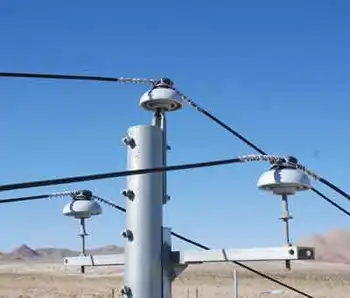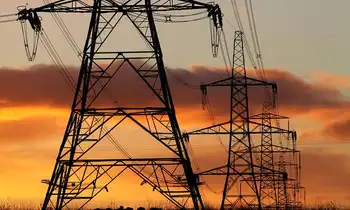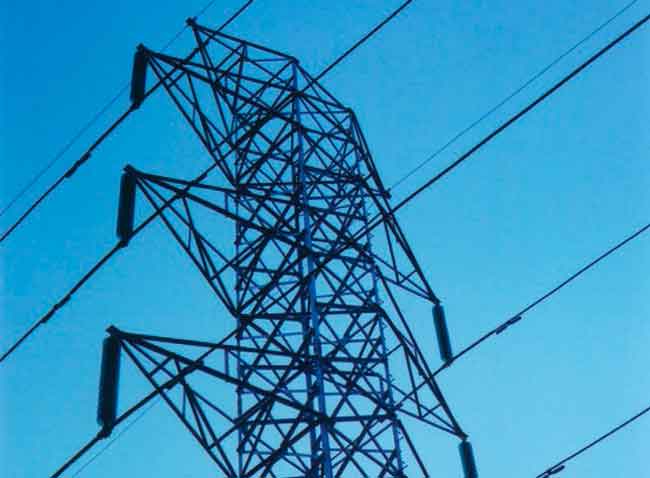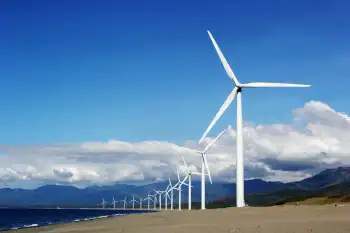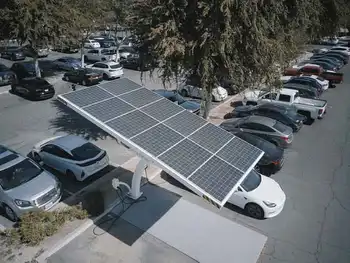Half of all solar panels will not sell in 2009
By Industrial Info Resources
Protective Relay Training - Basic
Our customized live online or in‑person group training can be delivered to your staff at your location.

- Live Online
- 12 hours Instructor-led
- Group Training Available
The conclusion by market researchers at iSuppli paints a gloomy picture for the solar sector, which is already going through a hard time.
One of the world's largest manufacturers of solar cells, German company Q-Cells SE, recently announced plans to slash 500 jobs from the company's 2,600-strong workforce in order to deal with depressed prices in the sector.
iSuppli's report on the state of panel production claims that a collapse in demand is responsible for the glut of panels. This reduced demand is largely the result of changes in Spain's feed-in tariffs. In September last year, the Spanish government announced a 500-megawatt (MW) cap on solar installations for 2009, alongside reduced feed-in tariffs. While not as severe as the 300-MW cap originally proposed, the move has severely curtailed Spain's need for solar panels. Spain accounted for 50% of worldwide installations in 2008.
According to iSuppli, the demand drop has led to a massive buildup of inventory throughout the supply chain, ranging from polysilicon to photovoltaic cells to complete solar systems. Despite this, solar cell and panel makers have continued to increase capacity and production of solar cells, exacerbating the situation.
For 2009, total solar panel production will grow 14.3% to 7.5 gigawatts (GW), up from 6.5 GW in 2008. However, only 3.9 GW worth of installations will take place this year, meaning that almost one out of every two panels produced in 2009 will not be installed, but stored in inventory.
iSuppli said: "Even in the face of the downturn, many panel and cell producers have continued to ramp up their capacities as if a recession had never occurred. Most companies are doing this in order to maintain their share in the market. As a result, Suntech Power Holdings Company Limited will push Q-Cells aside and become the No. 1 producer of crystalline cells in 2009, we predict. Sharp Corporation, Yingli Green Energy Holding Company and JA Solar also will defend their top-five positions this year by not reducing their solar-cell production increases. Those suppliers that have reduced or made adjustments to their production of cells and panels as a result of the softening demand have seen their short- and mid-term strategies falter. These suppliers include Q-Cells, SunPower and BP Solar."
Q-Cells withdrew the company's 2009 sales forecast in July, claiming that the price drop and high operating costs were responsible for a 62 million euro second-quarter operating loss. In a statement, the company said: "Together with the necessary reduction in overheads in all areas, around 500 jobs will be cut permanently. Short-time work will continue to be in operation at the Thalheim plant, depending on the market development. Altogether a reduction of production cost of 25% will be achieved with these measures."
Just this month, Chinese solar rivals LDK Solar Company Limited and JA Solar Holdings Company Limited posted miserable quarterly results due to the price slump caused by oversupply and reduced demand.







